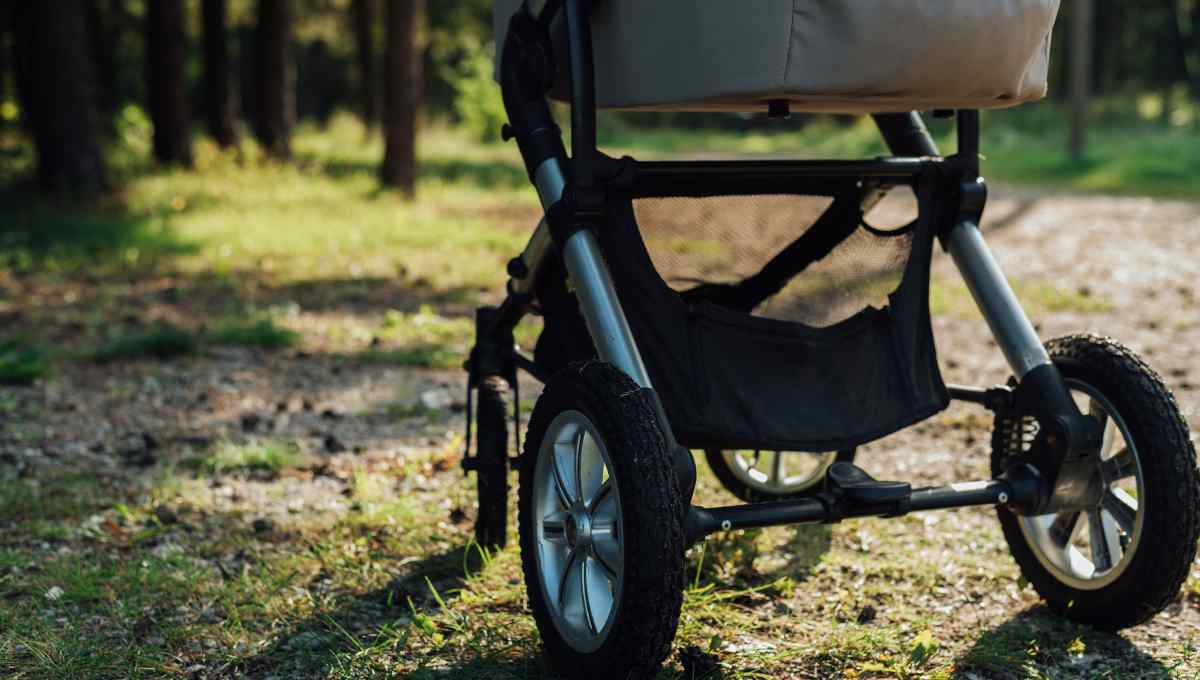You’ll give the potential changes to your current family structure a lot of attention while preparing for or expecting a second child. There are many details to work out, such as where your new baby will sleep, whether or not they will use your toddler’s old crib, and how you will get around with two small nippers.
Double Buggy
One of the first questions that most parents have is this, and it may occasionally be hard to know for sure. Sometimes the age difference is only 16 months, making it pretty obvious. As an illustration, purchasing a double stroller is a no-brainer if your oldest child has only recently taken her first steps and is still highly dependent on the pushchair.
You might ask if you can get by without a double pram if you have a significant age difference, such as a newborn and a toddler between the ages of 2 and 3. It depends on your specific situation, and we go over several typical uses for a double buggy below, along with possible substitute solutions for getting by without one.
A double buggy for a baby and a toddler
It would help if you were sure you’d utilize your double buggy a lot before investing in one. The following questions can help:
How old will my oldest be when my second child is born?
A double buggy option could be conceivable if your elder child is approximately 3 years old. However, it might not be easy to be sure as you can’t be certain how much walking your child will be done by the time they are 6 months old. Therefore, it is best to consider lifestyle aspects in addition to your toddler’s age.
How much do We presently walk?
A double stroller is certainly worth purchasing if you love taking long strolls with your child in a pushchair because children under three only have short legs. If you normally walk a mile or two and want to keep doing so, it will be challenging without a double pushchair because you can’t move far or quickly.
Additionally, if your toddler stops every 30 seconds to examine a leaf, watch a bus, or sit on the floor for no reason, it might not be easy to make your new baby’s scheduled naps in the stroller happen.
However, life may be simpler without a double buggy if you mostly drive or take public transportation when you’re out. They are larger by nature, making it more difficult to squeeze into boots and buses. Your youngest child can ride in a single pushchair if you often drive to your destination and take short walks from there, and your oldest child can likely walk or use a buggy board.
Busy on local roads
From the perspective of safety, this is something to consider. A double buggy might be a fantastic option to keep your toddler secure and stop your heart from pounding in your mouth every 30 seconds, even if you believe they can walk a certain distance consistently. A double buggy can be a good alternative if you have a spirited child who periodically runs off. It is particularly true if you live near busy highways or in an area with small sidewalks, which makes it more difficult to keep your toddler walking securely as you hang on to the pram.
The toddler is still sleeping.
Some toddlers continue to sleep well into their third year, while others quit by age 2. Sadly, you won’t be able to predict which end of the scale your toddler will be on by the moment her sibling is born, but if she frequently takes naps on the move now, you might want to
get a double.
A double stroller could be the best option if you’re expecting a lot of lengthy travels. Even toddlers who have mostly quit sleeping will frequently still have a stealth slumber in the pushchair or car for months after.

